
Henry S. (Henry Sheldon) Fitch
Henry Sheldon Fitch was an American herpetologist.
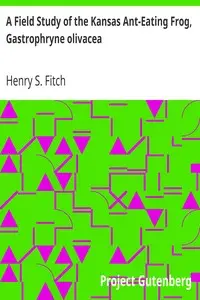
A Field Study of the Kansas Ant-Eating Frog, Gastrophryne olivacea
** Witness the complex life of a small frog that thrives on ants, survives diverse conditions, and depends on rainfall to reproduce in the heart of Kansas.
By Henry S. (Henry Sheldon) Fitch
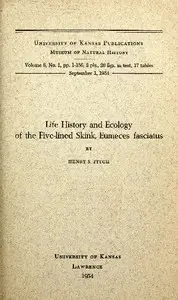
Life History and Ecology of the Five-Lined Skink, Eumeces fasciatus
Discover the secrets of a common lizard as a detailed study explores its life, habits, and vital role in the eastern United States.
By Henry S. (Henry Sheldon) Fitch

Ecology of the Opossum on a Natural Area in Northeastern Kansas
Scientists uncover a unique connection between a resourceful marsupial and its changing world.
By Henry S. (Henry Sheldon) Fitch

The Forest Habitat of the University of Kansas Natural History Reservation
Discover how settlers and the environment transformed a once-balanced ecosystem of forests and prairies.
By Henry S. (Henry Sheldon) Fitch
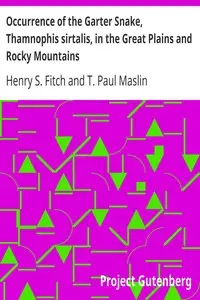
Occurrence of the Garter Snake, Thamnophis sirtalis, in the Great Plains and Rocky Mountains
Discover how scientists worked to to understand the unique characteristics and inhabits of garter snakes in the Great Plains and Rocky Mountains.
By Henry S. (Henry Sheldon) Fitch
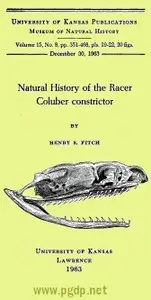
Natural History of the Racer Coluber constrictor
A common snake is studied over many years to uncover its secrets.
By Henry S. (Henry Sheldon) Fitch

Aspects of Reproduction and Development in the Prairie Vole (Microtus ochrogaster)
In the mid-20th century, a scientist used live-trapping of small mammals and meticulous record-keeping to reveal the prairie vole's secrets on making baby voles and their environment.
By Henry S. (Henry Sheldon) Fitch
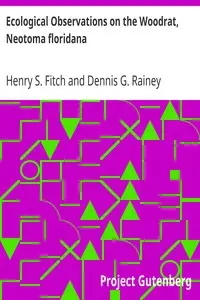
Ecological Observations on the Woodrat, Neotoma floridana
Witness the rise and fall of a rodent population as scientists uncover the secrets of its survival in a changing world.
By Henry S. (Henry Sheldon) Fitch
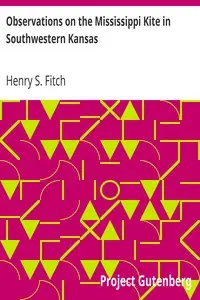
Observations on the Mississippi Kite in Southwestern Kansas
Witness how the Mississippi Kite thrives in an altered landscape, revealing its unique social behaviors and dependence on aerial insects.
By Henry S. (Henry Sheldon) Fitch
